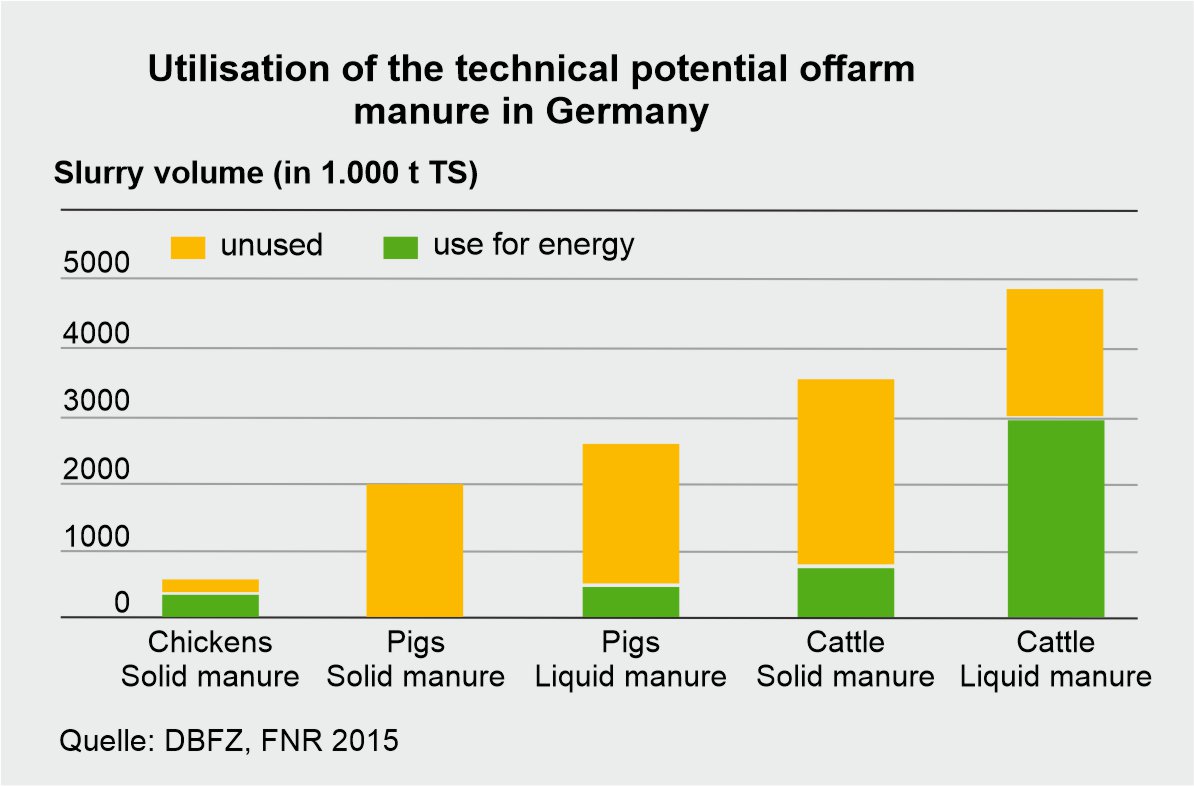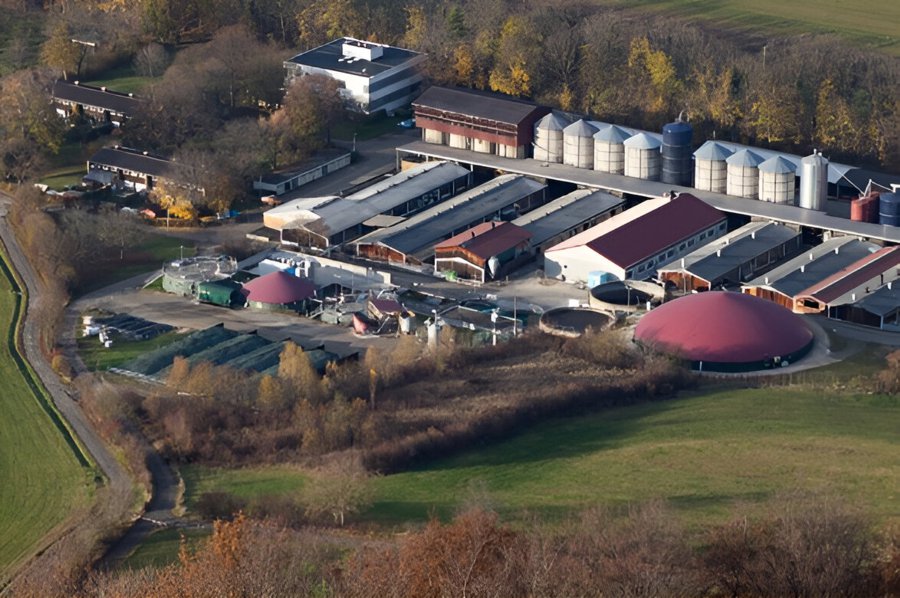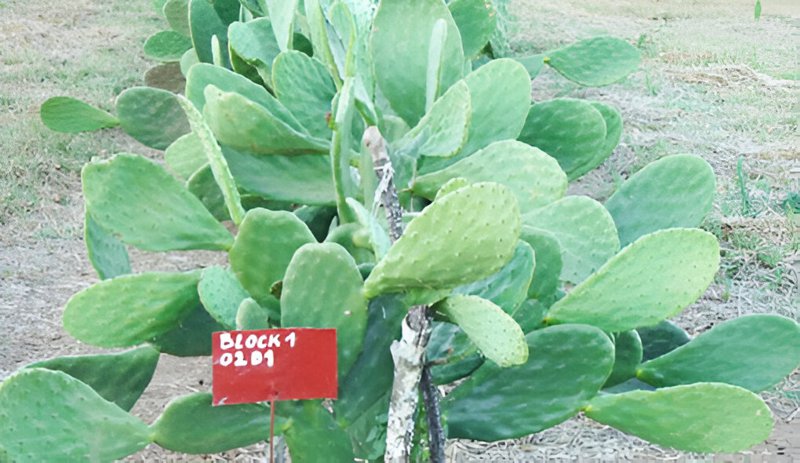Projects
Tapping new biogas production potentials

Biogas-Kleinanlagen für die umweltfreundliche Nutzung von Gülle

Small-scale biogas plants for the eco-friendly utilisation of semi-solid cattle manure.

Small scale biogas plant development to increase farm income and contribute to environment protection.

Sustainable and demountable construction.

Better economic viability through a high degree of automation and standardisation.
Live Energies is a partner in an FNR-funded project focused on the development and implementation of small scale biogas plants.
The project involves developing a digitalised micro-biogas plant for the anaerobic digestion of liquid manure. This plant is intended for farms with a livestock stock of around 170 heads of cattle, with an electrical output of less than 50 kW from the combined heat and power (CHP) unit. This plant size is intended for smaller farms, for which a biogas plant would be financially unfeasible with current technology.
The unlocking of this presently unrealised resource potential is a primary objective of the project. Therefore, such plants must be designed to be highly efficient in terms of both investment and operating costs to ensure their economic viability. Additionally, the project plant places great importance on sustainable construction.
This means that a high proportion of renewable construction materials is used, and that the plant can be largely reused in the event of decommissioning.
- In Germany alone, the production of animal products results in the generation of approximately 150–190 million metric tons of animal manure.
- Currently, only about one third of this is utilised as raw material in biogas plants.
- During storage or use of liquid manure in fields, around 250,000 tonnes of methane are released into the environment each year.
The Problem
Methane is approximately 80 times more harmful to the climate than CO₂.
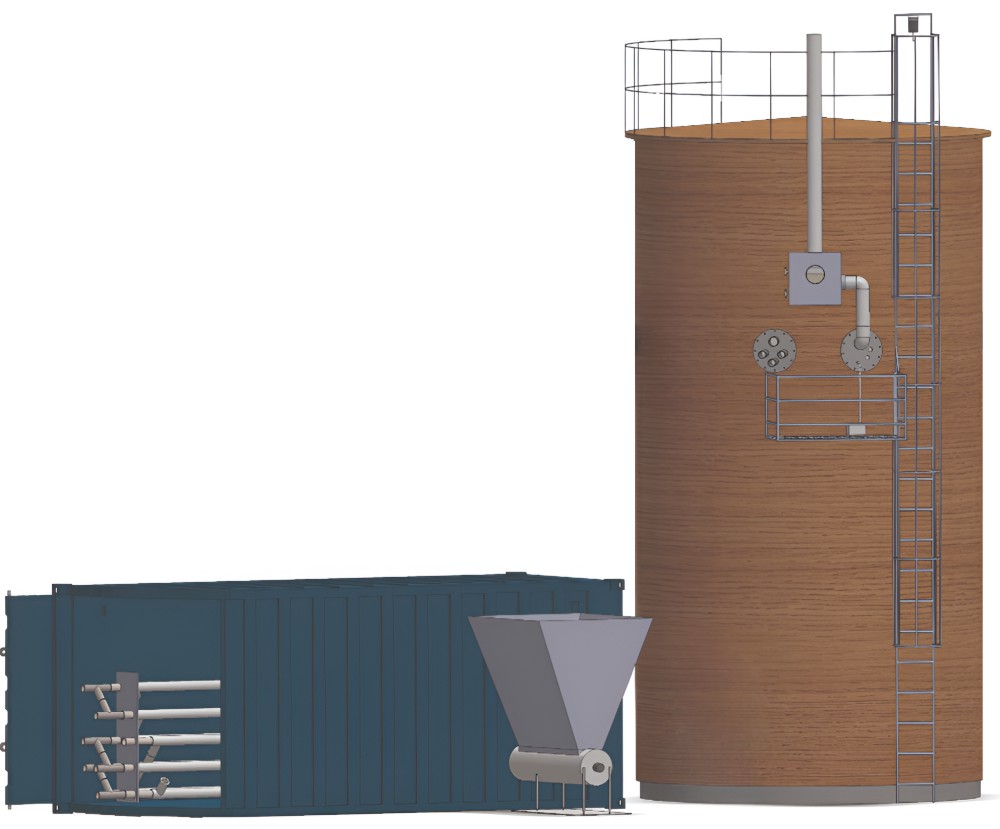
Abb: 3D-Konstruktionsansicht der KLAWIR-Versuchsanlage (Quelle: Universität Hohenheim & Blumer-Lehmann AG)
In this project, Live Energies GmbH is responsible for the design and implementation of the fermenter, utilising wood as construction material along with thermal insulation, so that less energy is required to heat the substrate, thereby increasing the yield of the marketable energy carrier.
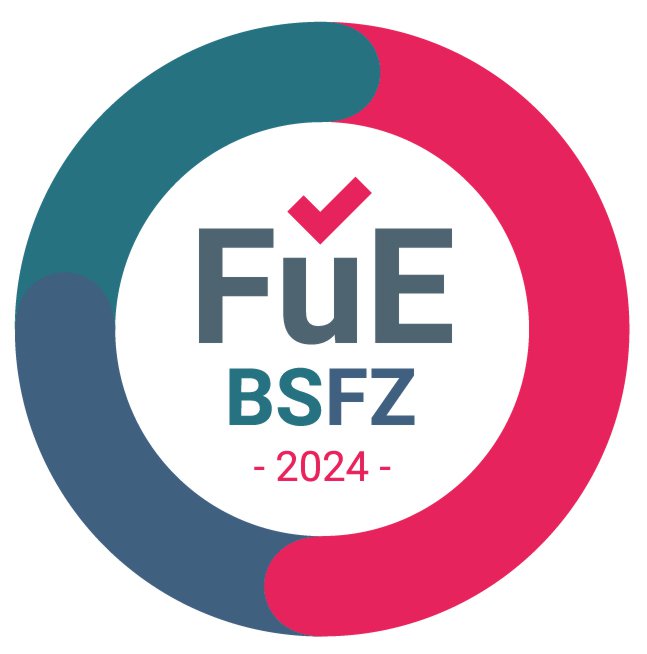
Für diese Forschungsarbeit im Rahmen des von der FNR finanzierten Projekts KLAWIR, wurde das Unternehmen von der Bescheinigungsstelle Forschungszulage als forschendes Unternehmen zertifiziert.
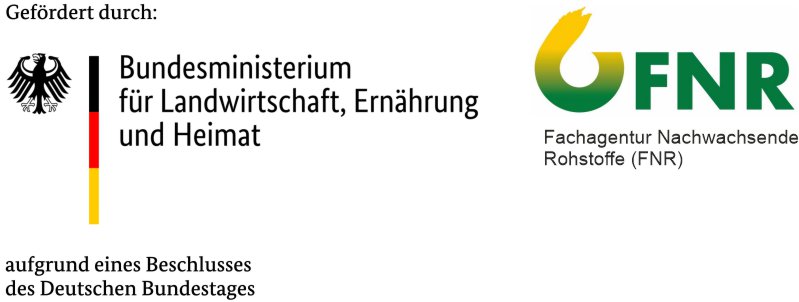
Im zweiten Kooperationsprojekt wird ein Biogas–Nachrüst–Kit für die Ertüchtigung von alten Güllelagern entwickelt.
Dies senkt sowohl die Investitionskosten, die Hürde bei Genehmigungen als auch die Emissionen beim Bau einer Biogasanlage. Gleichzeitig wird im Projekt die Verwertung von Schweinegülle mit dem Ziel der Biogaserzeugung adressiert, welche aufgrund der geringen Energiedichte bisher selten genutzt wird. Somit ergibt sich auch hier ein großes Rohstoffpotential, welches mit der Projektentwicklung erschlossen werden soll.
Summary
-
Methane, as a component originating from rotting animal manure, is a gas with a very high greenhouse effect.
-
Therefore, the utilisation of liquid manure for biogas production is an important component of the energy and climate transition.
-
Micro-plants (< 50 kW el) are currently not yet economically attractive enough.
-
Live Energies GmbH is participating as technical partner in an FNR-funded project for the development of innovative micro-biogas plants.
-
A digitalised plant for the anaerobic digestion of liquid manure, designed for smaller farm enterprises from approximately 170 heads of cattle, is being developed. The focus is on sustainable construction and high energy efficiency. Live Energies is responsible for the design of the wood fermenter with thermal insulation to optimise energy yield.
Die abgebildete Versuchsstation „Unterer Lindenhof“ der Universität Hohenheim ist ein idealer Kooperationspartner für die Erforschung der nachhaltigen Umwandlung von Biomasse aus der landwirtschaftlichen Produktion in Energie zur Biogas-, Strom-, Kraftstoff- und Wärmeerzeugung.

Biogas from CAM (Crassulacean Acid Metabolism) plant biomass produced from fallow land crops

Biogas offers a sustainable solution to energy shortages in developing countries.

In Kenya, Opuntia ficus-indica and Euphorbia tirucalli were tested for biomass production on degraded scrubland.

The plants demonstrated high biogas potential and were shown to be economically and technologically suitable.
The European Union and several other countries have launched programmes to promote biogas as fuel, which in recent years have led to a significant increase in production capacities. Biogas generation methods are now used in medium and large applications, whereas small-scale solutions have been developed for autonomous, usually remote, systems.
Biogas could be a solution for energy shortages in remote regions of many developing countries, if sufficient suitable feedstocks can be identified.
A trial plantation of Opuntia ficus-indica L. (Cactaceae) and Euphorbia tirucalli L. (Euphorbiaceae) was established on degraded land in Kenya to test their suitability as biogas feedstock in the semi-arid tropics.
This project examined the potential of intensive cultivation at various planting densities on low-yield land and compared the specific methane production potential of their biomass. The harvested feedstock was assessed using the Hohenheim Biogas Test (HBT) for its biogas/methane yield potential, and was found to be technologically and economically viable.
Fig.: Opuntia ficus indica on a plot of land in Kenya.
Opuntia ficus-indica is a branched cactus that grows up to approximately 2 metres in height and the most commonly cultivated Opuntia species. It has high biomass production with low water requirement, making it a promising energy source for biogas.
Fig.: Euphorbia tirucalli plantation in Kenya.
The pencil bush (Euphorbia tirucalli), also known as milk bush or rubber hedge, can reach several metres in height in its native tropical areas. Botanically, it belongs to the Euphorbiaceae family.
The Results

Opuntia ficus-indica:
266,667 plants / ha
Methane yield per ha:
approximately 1,791 m³ t
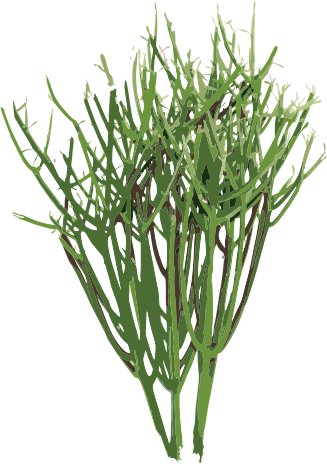
Euphorbia tirucalli:
20,000 plants / ha
Methane yield per ha:
approximately 1,860 m³ t
For both the plant species, high planting densities did not impair growth.
Summary
- In Kenya, Opuntia ficus-indica and Euphorbia tirucalli were intensively cultivated on degraded scrubland to test their potential as biogas feedstocks. The experimental plots covered 900 m² each, with plants grown at different densities.
- Biomass samples, from both wild plants and cultivated stands, were analysed for composition and assessed using the Hohenheim Biogas Test (HBT) for methane yield.
- The results showed that high planting densities did not impair growth, and methane yields of approximately 1,791 m³ t (Opuntia ficus-indica) and 1,860 m³ t (Euphorbia tirucalli) per hectare were achieved within four months after cultivation.
- The project was funded by EnBW AG and carried out by a consortium including Live Energies GmbH, Live Energies (Kenya) Ltd., Osiris GmbH, Stuttgart, Germany and the University of Hohenheim.
Publication
Krümpel, J., George, T., Gasston, B., Francis, G., & Lemmer, A. (2020). Suitability of Opuntia ficus-indica (L) Mill. and Euphorbia tirucalli L. as energy crops for anaerobic digestion. Journal of Arid Environments, 174, 104047. >>>
Projekte
Karboniserung ↵
Jatropha ↵
Biogas




